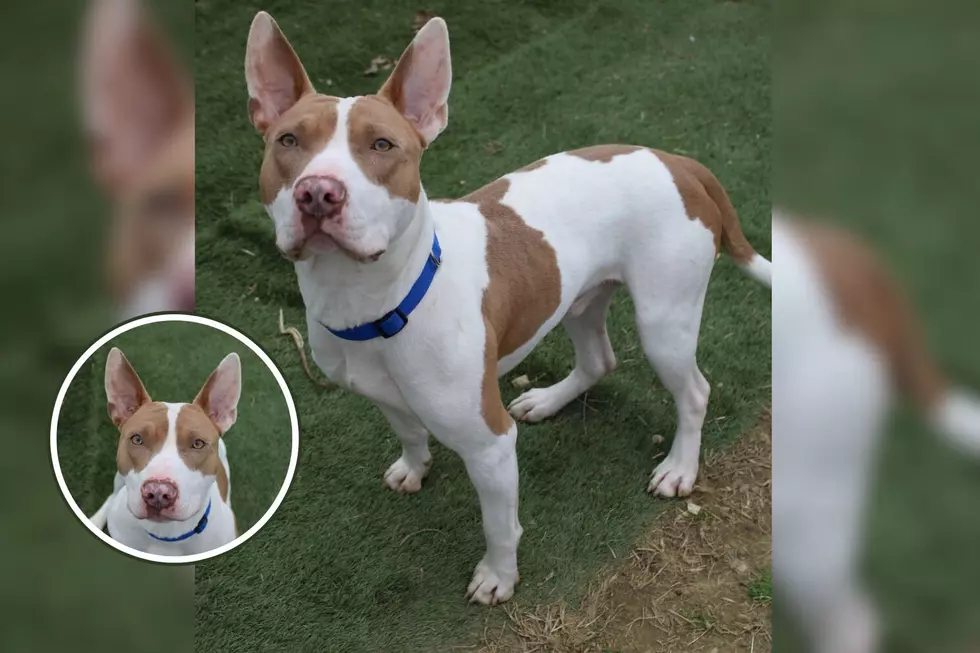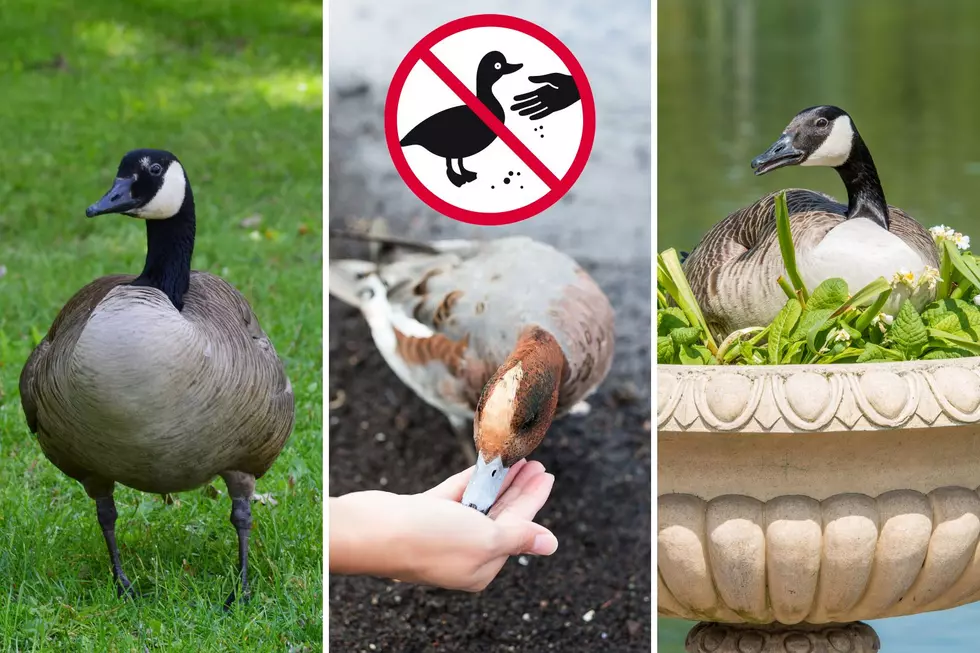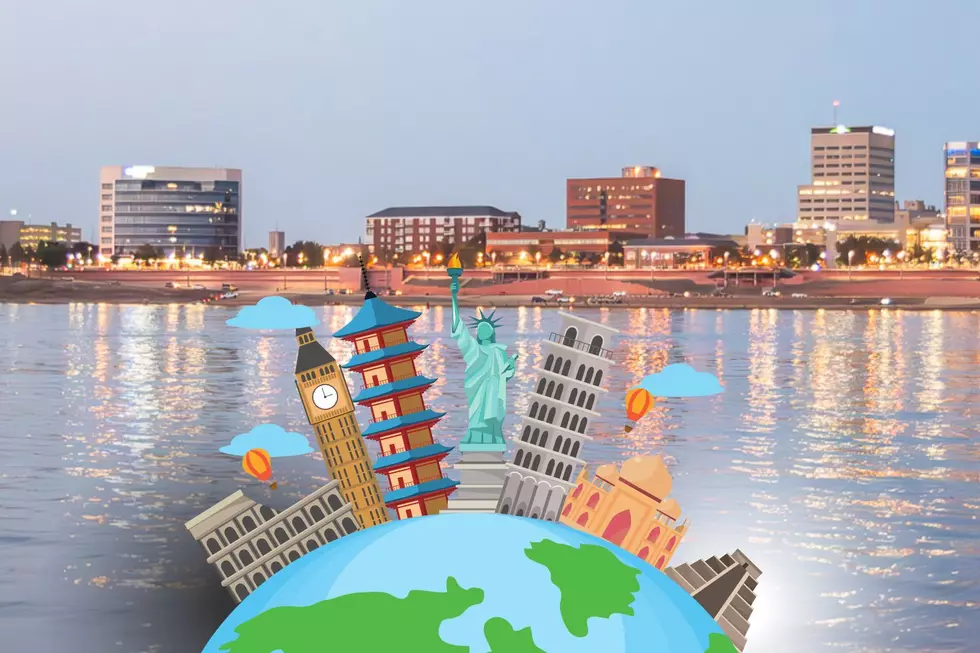
Stay Away From This Deadly Indiana Weed
There's an invasive weed that is found throughout Indiana that could be fatal in some cases to humans and animals. If you see it, stay away from it!
This time of year, you will see a lot of flowers and weeds when you are outside. Some are so pretty that you might want to pick them and show them off. However, there are some which you want to avoid at all costs, no matter how pretty they might be.

Case in point, Poison Hemlock. Now, the name alone should tell you to stay away. However, it's hard to tell how dangerous it can be if you don't know what you're looking at. Poison Hemlock looks similar to Queen Anne's Lace. It is in the carrot family and can be found in open sunny areas, fields, vacant lots, roadsides, ditches, and many more places all throughout Indiana. One of the easiest ways to spot a Poison Hemlock and not confuse it with a weed like Queen Anne's Lace is by the purple spots all along the stalk.
What is Poison Hemlock?
To be honest, I had no idea what Poison Hemlock was, but after researching the invasive weed, it would be wise to be on the lookout for them considering they have been spotted in every county in the state of Indiana.
According to the Indy Star,
Poison hemlock is a biennial plant. In its first year, it puts out a clump of lacy-looking leaves that grow close to the ground. But during the second year, it sends up a flowering stem that can grow as tall as 4-6 feet — and some even taller.
Again, Poison Hemlock is spreading fast throughout Indiana, and can be found along highways, edges of fields, fences, near streams, and in ditches. More recently, they have made their way to public parks, flower beds, and backyard gardens. The main reason why it has been spreading is that each weed can produce up to 30,000 seeds. These seeds ripen between late June and August after it flowers. That makes it prime time for these seeds to fall off and spread.
How Dangerous is Poison Hemlock to Humans and Animals?
Poison Hemlock can harm pets and humans in a few ways. For example, if the sap from the plant gets on your skin, once it is exposed to sunlight it can cause blisters and welts. I don't know about you, but that's not something that I want to deal with this summer. However, that isn't even the worst way Poison Hemlock could hurt you or your pets. If any part of the plant were to be ingested somehow, it could be fatal...as in death! The Indy Star reports that Poison Hemlock contains "toxic alkaloids that can interfere with nerve transmissions to your muscles, ultimately causing respiratory failure."
Oh, and if you come into contact with Poison Hemlock, it won't take long at all for you to know it. Symptoms could appear in as little as 30 minutes after ingesting or being exposed to the plant. So be on the lookout and keep your pets and children away from any plant that resembles Poison Hemlock.
According to Purdue University, the most effective control may be mowing to prevent seed production, followed by herbicide applications to rosettes and resprouts.
It's very important to know about Poison Hemlock. It's not something that you want your kids, pets, or yourself to come into contact with. Knowing about it's characteristics will make it easier to identify. I implore you to learn more about this and educate your children as well so none of you have to deal with the potential effects of coming into contact with Poison Hemlock. You can learn more about this deadly invasive weed by clicking here.
7 Invasive Insects in Indiana You Should Kill Immediately If You See Them
See 11 Unique Attractions You'll Only Find in Indiana
10 Indiana Laws You Don't Know You're Breaking
More From My WJLT 105.3









